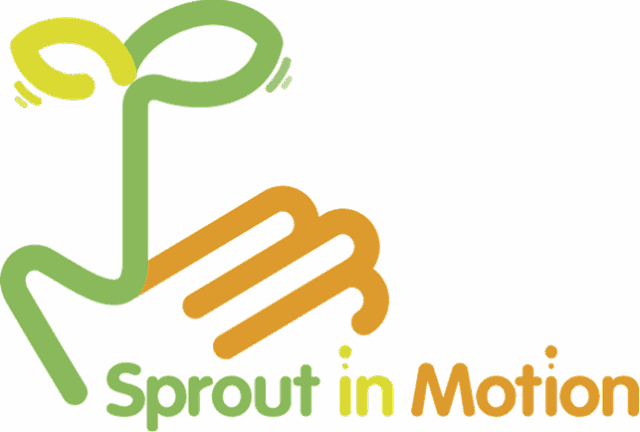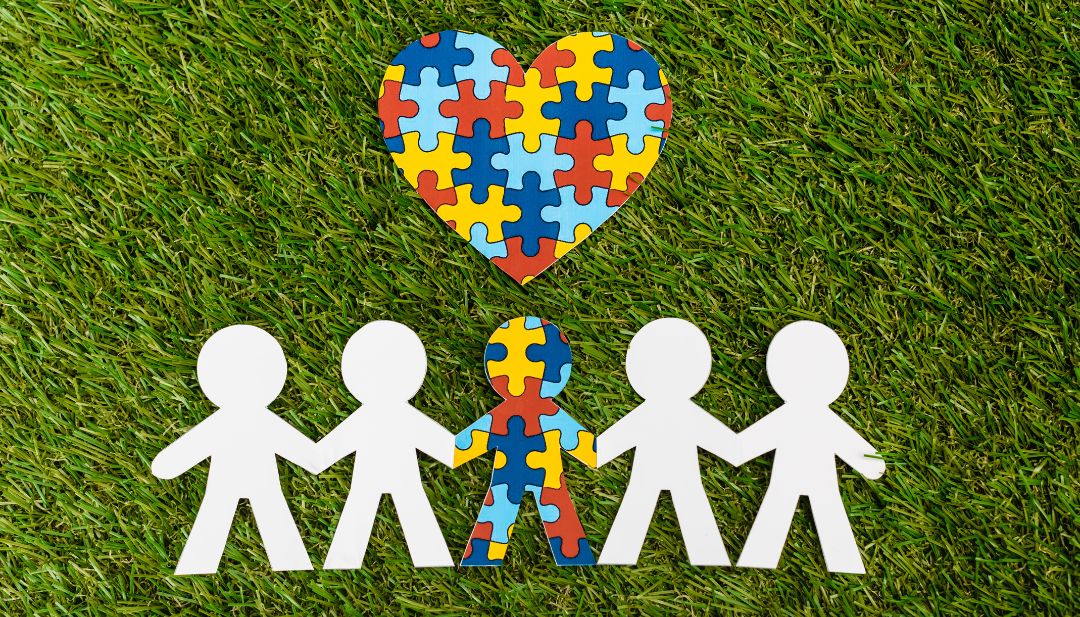
ADHD Beyond Meds: Executive Function Routines That Stick
October 3, 2025
2 min read
Medication can be a game-changer for many with ADHD, but it’s rarely the whole answer. Even with effective medication, difficulties with organization, planning, time management, and self-regulation—collectively known as executive functions—often linger. For children, teens, and adults alike, building daily routines that support and strengthen executive function is key to long-term success and self-confidence.
Understanding Executive Function in ADHD
Executive functions are the “management system” of the brain. They help us plan, prioritize, remember instructions, juggle multiple tasks, and regulate our emotions and behavior. For people with ADHD, these skills can be underdeveloped or inconsistent, making everyday life feel chaotic or overwhelming.
While medication can help with focus and impulse control, it doesn’t teach strategies or habits. That’s where routines come in. The right routines can transform chaos into structure, boost independence, and reduce stress—not just for those with ADHD, but for their families as well.
Routines That Really Work
1. Externalize Everything
Don’t rely on memory alone. Use visual calendars, checklists, alarms, and sticky notes—anything that puts reminders “out of your head and into the world.” Place reminders where they’ll be seen: a list on the bathroom mirror, a calendar by the door, or an alarm on your phone for important tasks.
2. Break Down Big Tasks
Large projects or chores can feel overwhelming and impossible to start. Break them into clear, bite-sized steps. For example, “Clean your room” becomes “Pick up clothes,” “Make the bed,” and “Put away books.” Check off each small step for a sense of accomplishment.
3. Build Routines Around Anchors
Connect new habits to established parts of your day—“habit stacking.” For example, brush teeth then lay out tomorrow’s clothes; finish dinner then pack your backpack. Linking new routines to existing ones makes them more automatic.
4. Set Up for Success the Night Before
Prepare as much as possible in advance—choose outfits, pack bags, set out breakfast items. Mornings are less stressful and there’s less chance of forgetting something important.
5. Use Timers and Alarms
Time blindness is common in ADHD. Visual or auditory timers help manage transitions and keep tasks from dragging on. Try the Pomodoro Technique: 25 minutes of focus, then a 5-minute break.
6. Celebrate Small Wins
Notice and praise effort, not just big results. A sticker chart, a high five, or a few encouraging words can reinforce positive routines and build momentum.
7. Adjust and Simplify
No routine is perfect from the start. Experiment, simplify steps, and be ready to adjust as needed. If something isn’t working, it’s the system—not the person—that needs tweaking.
Involve the Whole Family
For kids and teens, routines work best when everyone is on board. Involve your child in designing checklists or organizing their space. Model routines yourself, and keep expectations realistic and supportive.
When to Get Help
If routines break down frequently, or stress and frustration are high, consider working with an ADHD coach, occupational therapist, or counselor. Professional support can help tailor strategies to specific strengths and challenges.
Final Thoughts
ADHD may make executive function skills harder, but with the right routines, progress is absolutely possible. Beyond medication, practical, flexible systems can empower people with ADHD to succeed at home, in school, and in life—one small, sticky habit at a time.





